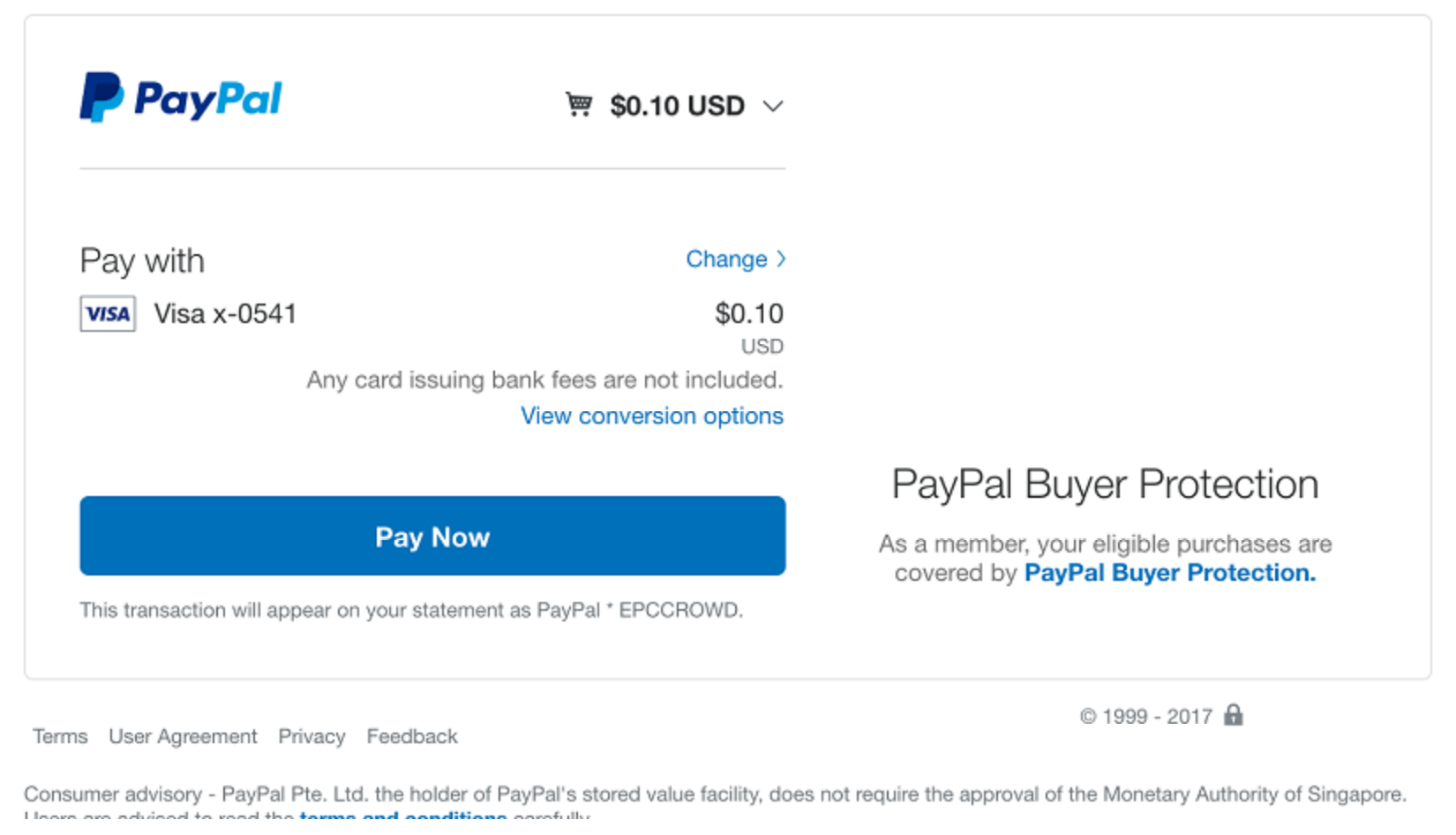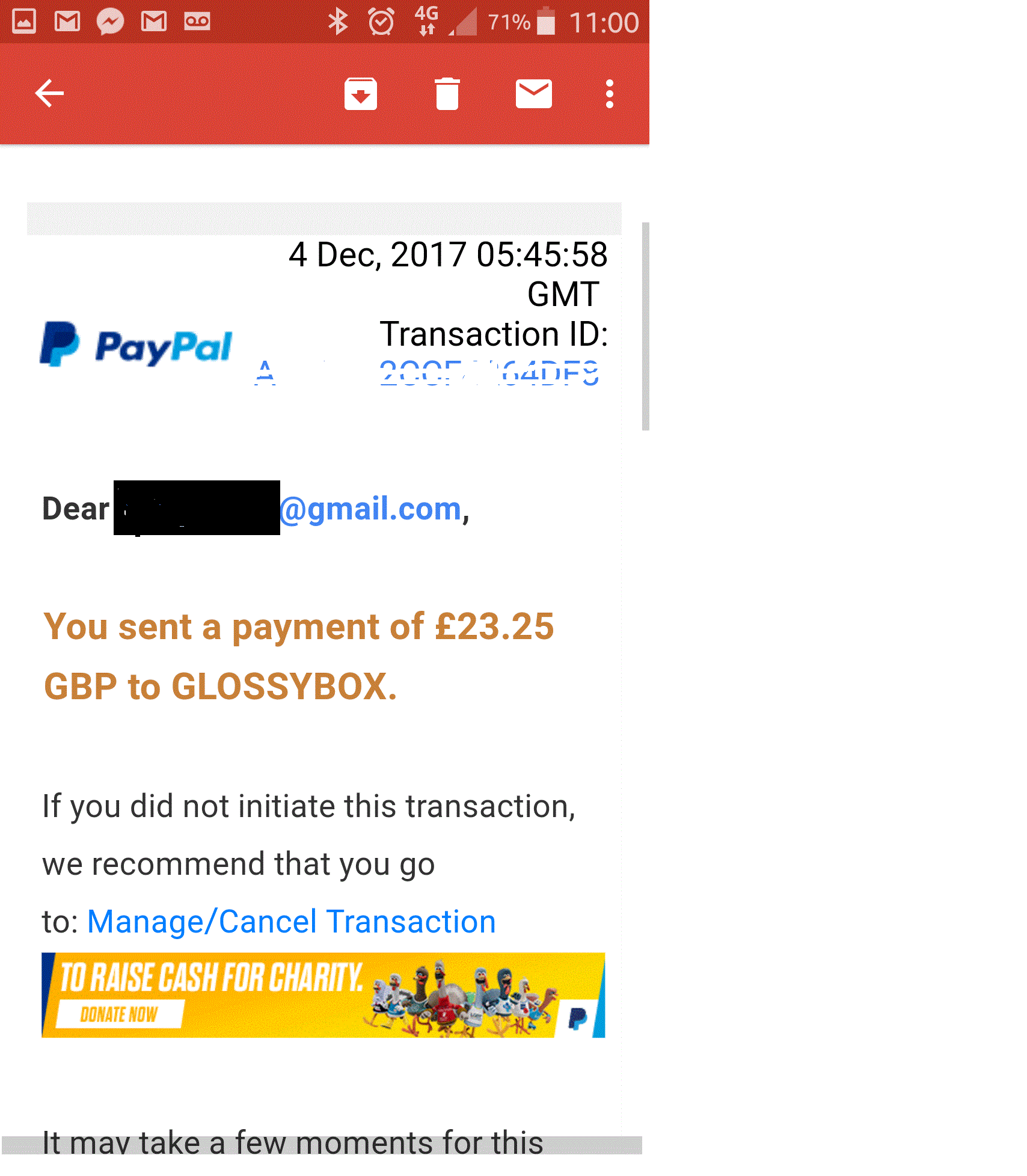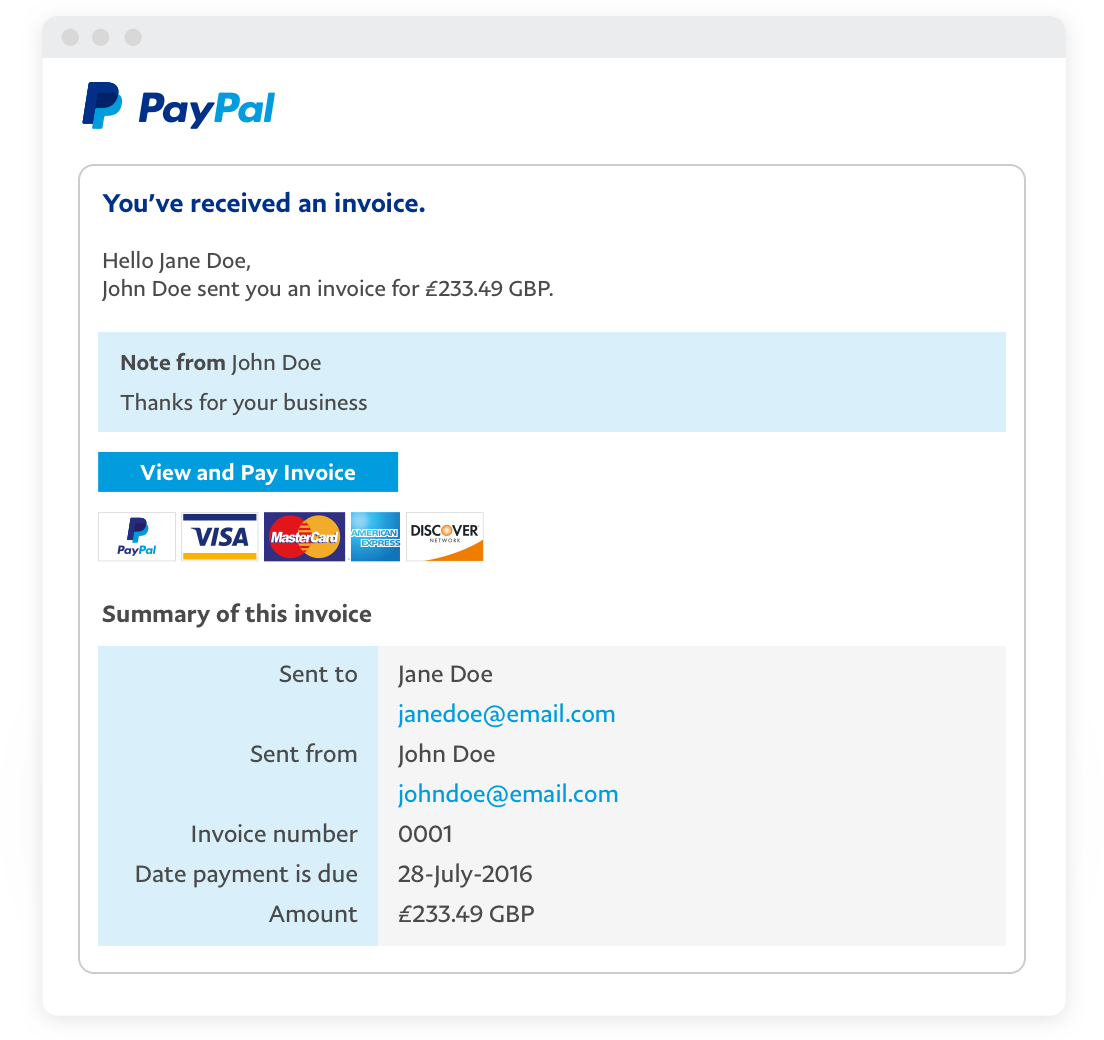

They don't protect sellers anymore like they used to. When I call either of them, I get a REAL human that actually talks to me and doesn't read off of a script. I've moved on and I now use Stripe and Payoneer. They're asking me for the same thing and their support is literally the most useless support of any company I've ever encountered. Get helpful strategies for keeping track of accounts receivable.I lost two disputes for digital goods I sold because I couldn't provide a tracking number. Most importantly, give customers an easy way to pay, which, in turn, may help you get paid faster. And if a customer is a known late-payer, then try to up your prices to cover the additional time and effort it takes to collect from them or take a deposit upfront.

It’s a good idea to develop and implement a formal collection process and policy for late payments. If you say Net 30 and a customer doesn't pay, then consider charging interest or holding out on orders or services. If you take your payment terms seriously, your customers will, too.

PAY PAL RECEIPT HOW TO
Not sure how to write payment terms and conditions for an invoice? Here are some quick tips to get started: Tips to write effective payment terms and conditions for invoices 50% Upfront: A 50% deposit is required before receiving the goods or services.
PAY PAL RECEIPT FULL
Cash in advance: Similar to Payment in Advance, this requires the customer to make full payment before receiving the goods or services.Payment in Advance: This payment term requires the customer to pay the invoice amount upfront, typically before any work begins or before the products are shipped.Though you may find that not all customers receive these invoices with the same level of urgency as it is intended. When customers agree to this term, it can boost yourĬash flow and give you a head start on collecting the payment because you don't have to wait 30 days. Upon Receipt: When an invoice is due upon receipt, it means payment is due as soon as the customer receives the invoice.15 MFI: Another less common term, 15 MFI translates to payment being due by the 15th of the month following the invoice date.This is a less common invoice payment term and typically applies to businesses that send recurring, monthly invoices. End of the Month (EOM): EOM means payment is due at the end of the calendar month.1/10 or 3/10 means the same thing, except the discount is 1% and 3%, respectively. Increase your cash flow, giving this incentive for early payment can be a big help.

PAY PAL RECEIPT PLUS
But that doesn’t mean you can’t establish something different for your business, especially if you find yourself looking for tips to address a cash flow crunch.įor example, 2/10 Net 30 is another type of popular business invoice payment term, giving your customers a choice to pay early and receive a minor discount.Ĭheck out our invoice templates, plus learn how to create an Excel invoice. Net 30 is generally one of the most common invoice payment terms. Choosing the right invoice payment term for your business is a personal decision that depends on various factors, from what industry you’re in to whether or not you’re short on cash.


 0 kommentar(er)
0 kommentar(er)
